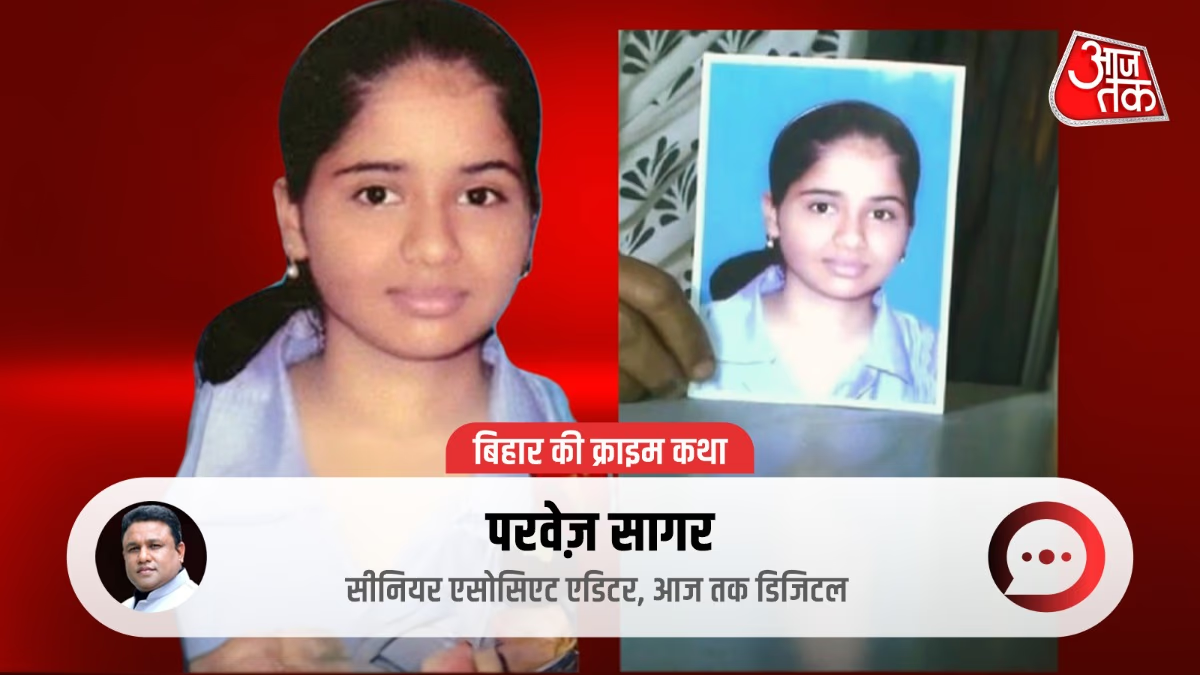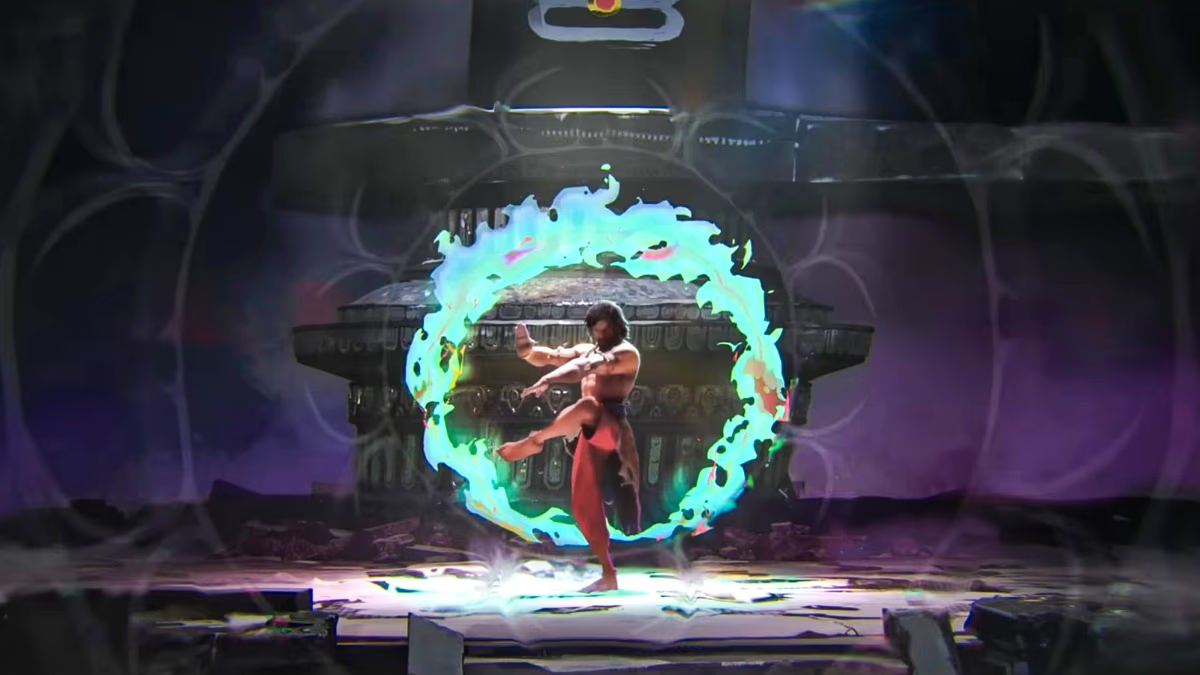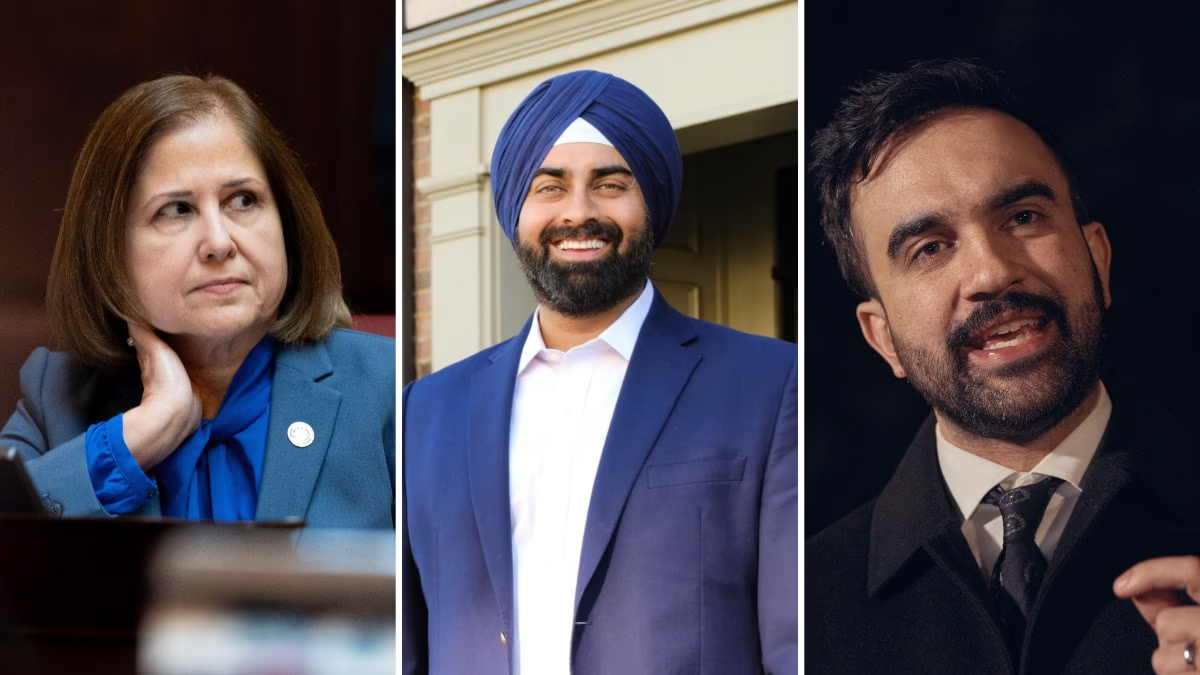Crime Saga of Bihar:
The history of crime in Bihar has been violent since 1947, but the period from 1990 to 2005 was the most dreadful. Kidnappings had become an organized industry in the state, targeting doctors, engineers, businessmen, and prominent people. In 2004 alone, 411 kidnapping cases for ransom were recorded, while 32,085 such incidents occurred during that period. This era was a stain on Bihar's law and order, with kidnappers often linked to land mafia, politicians, and criminal gangs. Ransom amounts ran into crores, and failure to pay often led to murder. In 'Crime Saga of Bihar', here is the full story of Bihar's most infamous kidnapping case.
Who Was Navruna Chakravarty?
Navruna Chakravarty, a mere 12-year-old, hailed from a prestigious Bengali family in Muzaffarpur. She was a student of class seventh at St. Xavier's School, excelling in academics and sports. Her father, Atulya Chakravarty, was a pharmaceutical businessman, while her mother, Maitreyi, was a homemaker. The family's ancestral home, a two-story building constructed in 1876, was located on Johnfer Lal Road in Chakravarty Lane, a part of the city's old section known for its narrow lanes and vintage structures. Navruna's childhood was filled with books, friends, and familial affection.
Night of September 17-18, 2012
A lone silence engulfed the Chakravarty residence in Muzaffarpur that night. Navruna was asleep in her room when unknown kidnappers broke in through a window and abducted her without the family's knowledge. When the family awoke in the morning, she was missing and her room was in disarray. Atulya Chakravarty immediately lodged a complaint with the Muzaffarpur police station, suspecting the land mafia. Initially, no clues emerged, and the kidnappers made no ransom demands, deepening the mystery. The entire city was in shock.
Police Investigation and Family's Agony
Upon the registration of the kidnapping case, Muzaffarpur police sprang into action, conducting raids everywhere. Yet, no leads emerged. The family initiated a 'Save Navruna' campaign on social media, garnering the support of thousands. Atulya and Maitreyi wrote to the President, Prime Minister, and Home Minister. The police detained several suspects, all of whom were later released. Subsequently, an electronic media journalist and two others were arrested but released due to lack of evidence. The family's pain grew as they spent nights crying over their daughter's pictures. Bihar's 'good governance' was questioned, and the slow investigation further frustrated the family. The absence of a ransom demand pointed towards murder.
November 26, 2012
A skeleton was found in a drain near the Chakravarty residence, which the police claimed was Navruna's. Clothes and undergarments were also found, but the family refused to acknowledge them. Atulya accused the police of tampering with evidence. They refused to give blood samples for DNA testing as the bones did not seem to belong to Navruna. This drama further complicated the investigation. The police submitted 32 pieces of evidence for forensic testing, but the report contained discrepancies. Suspicions about the land mafia deepened, given the family's ongoing land sale deal.
Suspicion of Land Mafia
The main reason behind Navruna's kidnapping was the family's six-katha plot of land, valued at four crores. Atulya had finalized its sale, with registration set for December 10, 2012. Local land mafia and politicians had attempted to seize the land, and upon refusal, a murder plot was hatched. This included people like ward councilor Rakesh Kumar Sinha Pappu. Kidnappings in Bihar were often linked to such land disputes. The family received threats, prompting Atulya to approach the Supreme Court. The involvement of land mafia added a political dimension to the case, reminiscent of the 1990-2005 kidnapping industry.
Prime Minister's Office Intervention
Following the kidnapping, the victim's family wrote to the PMO, prompting letters to Bihar's Chief Secretary on November 7 and 26, 2012, and January 3 and 8, 2013. The PMO ordered a thorough investigation. In November 2012, Navjit Chakravarty wrote to the PM again, attracting national attention. Bihar's CM, Nitish Kumar, recommended a CBI investigation in September 2013, but the agency declined. Navruna's sister, Navrupa, protested in Delhi. The PMO's action rekindled hope, but local police failures caused delays. This was a rare intervention in Bihar's crime history.
CBI Enters on Supreme Court's Orders
On November 25, 2013, the Supreme Court assigned the case to the CBI, which began its investigation in February 2014. The CBI team inspected the house, made sketches, and questioned the parents with over 100 queries. Atulya provided all information. The CBI visited the drain where the 'skeleton drama' occurred, focusing on the land mafia. Despite Supreme Court deadlines, the CBI received several extensions. The family remained hopeful. The CBI's entry highlighted Bihar police's failure, raising expectations but the reality differed.
CBI Investigation and Arrests
On September 5, 2017, the CBI made its first arrest, detaining Muzaffarpur Municipal Corporation councilor Rakesh Kumar Sinha Pappu. Interrogation revealed a land deal. In April 2018, further arrests of a hotel owner and two property dealers were made, totaling six persons. All were remanded in judicial custody for 14 days. The CBI claimed the murder stemmed from a land dispute, yet evidence proved weak. The family felt relief. The Supreme Court ordered the investigation's completion by September 30, 2017. Arrests captured media headlines, but the story was far from over.
Investigation Delays and Roadblocks
The CBI received multiple extensions from the Supreme Court, but no chargesheet could be filed. Lack of evidence and witness intimidation became major obstacles. In 2014, Atulya accused the police of tampering with evidence. In 2019, the CBI offered a 10 lakh rupee reward. DNA reports confirmed the skeleton was Navruna's, but the murder motive remained unclear. An RTI activist attempted to derail the investigation. The family filed multiple petitions in the Supreme Court. Delays weakened hopes for justice.
Closure Report - Incomplete Justice
On November 24, 2020, the CBI filed a closure report in the Muzaffarpur court as the crime could not be proven after six years of investigation. Atulya called it expected and appealed to the Supreme Court. The report mentioned land mafia but lacked concrete evidence. Accused were acquitted. This case became emblematic of CBI's failure. The Bihar government faced negligence allegations. The closure shook the entire state. Navruna's picture still hangs on the family wall, as they await justice.
The Pain Endures..
Even in 2025, the Navruna case remains unsolved, reminiscent of Bihar's kidnapping industry. Compared to other abductions like Sushil Kumar (2004), Akash Pandey (2008), Khushi Kumari (2021), it is the most talked-about case, questioning law enforcement, policing capabilities, and good governance. The victim's family continues to fight for justice. Atulya believes, 'Justice will come one day.' Navruna's memories inspire the ongoing battle for justice.




